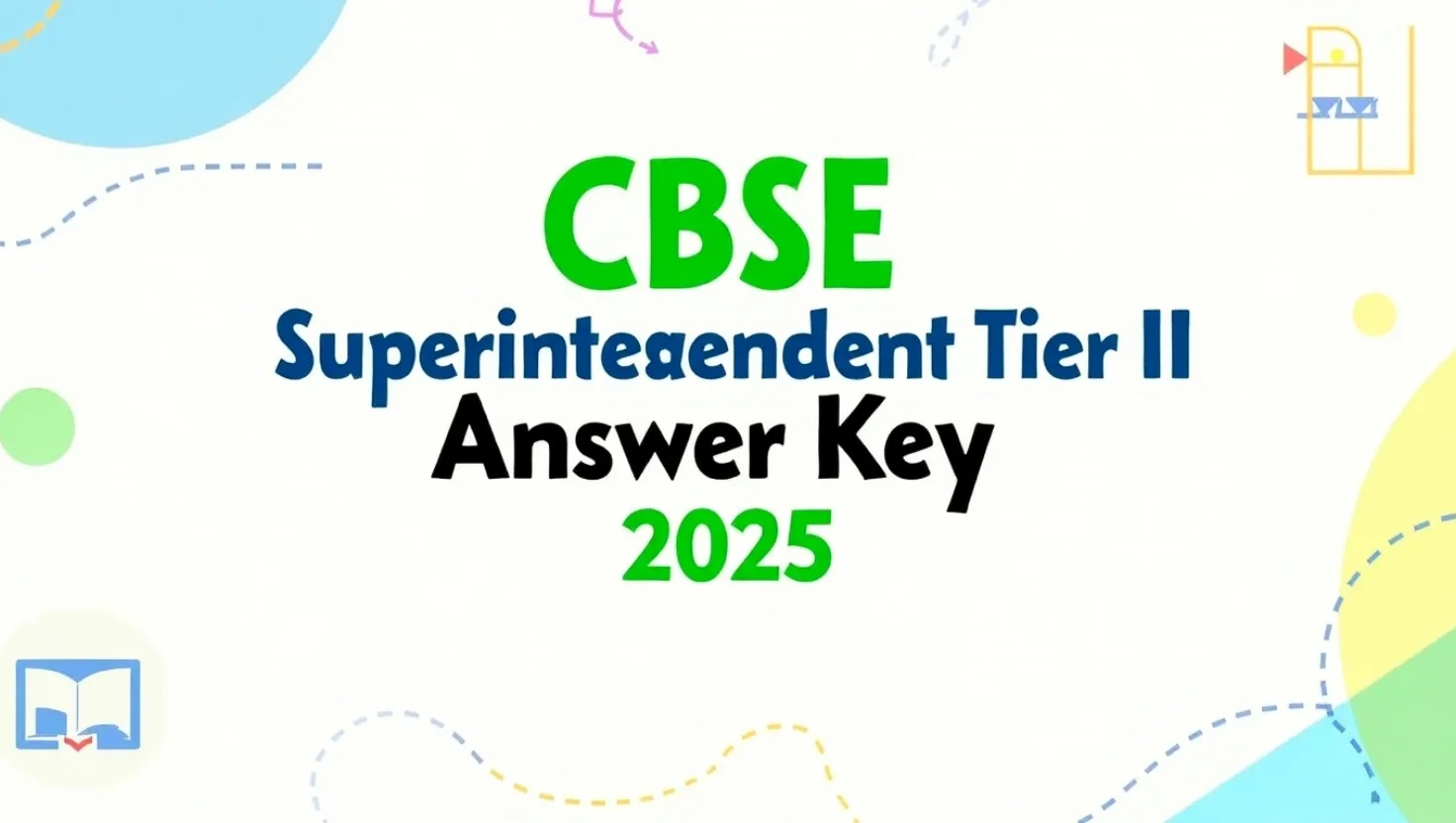The JEE Main Paper I held on 11th April 2014 was part of the computer-based test (CBT) for engineering aspirants across India. This exam followed the same three-subject structure as other JEE Main slots—Physics, Chemistry, and Mathematics—with 90 multiple-choice questions in total. Each correct response fetched 4 marks, and each incorrect answer led to a deduction of 1 mark. The paper was conducted in a timed environment over 3 hours and tested conceptual clarity, problem-solving speed, and accuracy.
I’m writing about this particular paper because it remains one of the most referred previous year question papers for students appearing in JEE Main even now. Many coaching institutes still use it while preparing mock exams, and students solving past year papers often see a noticeable improvement in performance. The 11th April 2014 paper is especially useful because it provides a near-exact replica of the exam’s style, difficulty, and time distribution. Solving such papers is not just about getting practice—it helps you develop speed, accuracy, and confidence. Whether you are preparing on your own or with coaching support, this paper is a valuable addition to your preparation strategy.
JEE Main 2014 (11th April) Paper Pattern
Before jumping into the subject-wise analysis, here’s a quick overview of how the paper was structured:
- Exam Mode: Online (Computer-Based Test)
- Paper Type: JEE Main Paper I
- Date: 11th April 2014
- Subjects: Physics, Chemistry, Mathematics
- Total Questions: 90 (30 questions per subject)
- Marks per Question: 4
- Negative Marking: -1 mark for every wrong answer
- Total Marks: 360
- Duration: 3 Hours
Subject-Wise Analysis
Physics
- Covered both numerical and theoretical questions
- Topics like Mechanics, Modern Physics, Electrostatics, and Heat were commonly asked
- Moderate in difficulty, with some conceptual and tricky numericals
Chemistry
- Questions were balanced across Physical, Organic, and Inorganic Chemistry
- Focus was mainly on NCERT topics
- Direct questions from concepts like Chemical Bonding, Redox Reactions, and Coordination Compounds
Mathematics
- Included Algebra, Calculus, Coordinate Geometry, and Trigonometry
- A few questions were time-consuming and required strong formula knowledge
- Slightly tougher than Physics and Chemistry in this paper
Why This Paper Matters for Current JEE Aspirants
Here’s why solving the 11th April 2014 JEE Main paper is a smart move:
- It follows the same objective-type format still used in current exams
- The mix of conceptual and formula-based questions helps in covering core syllabus topics
- Ideal for practising time management and subject prioritisation
- Helpful in understanding trends and frequently repeated question types
- Serves as a mock test to identify strengths and weak areas
Even now, many top rankers recommend solving at least 5–7 previous JEE Main papers during revision. You can take this paper like a real mock test and then go back to analyse your performance. That feedback loop is what helps you improve faster.
Download PDF
You can download the full PDF of the JEE Main 2014 (11th April) Paper I with solutions using the link below:
Click here to download the JEE Main 2014 (11th April) PDF with Answer Key
(We will update this link with an active PDF source shortly)
Final Words
The JEE Main Paper I from 11th April 2014 is not outdated. In fact, it’s one of the best practice tools for JEE Main 2025. You’ll find that many questions still match the type and difficulty you’ll face in the real exam. Don’t just download and keep it—solve it with a timer, assess your score honestly, and learn from your mistakes. That’s how you get better every day. Stay consistent, revise smart, and practice papers like these regularly.



















